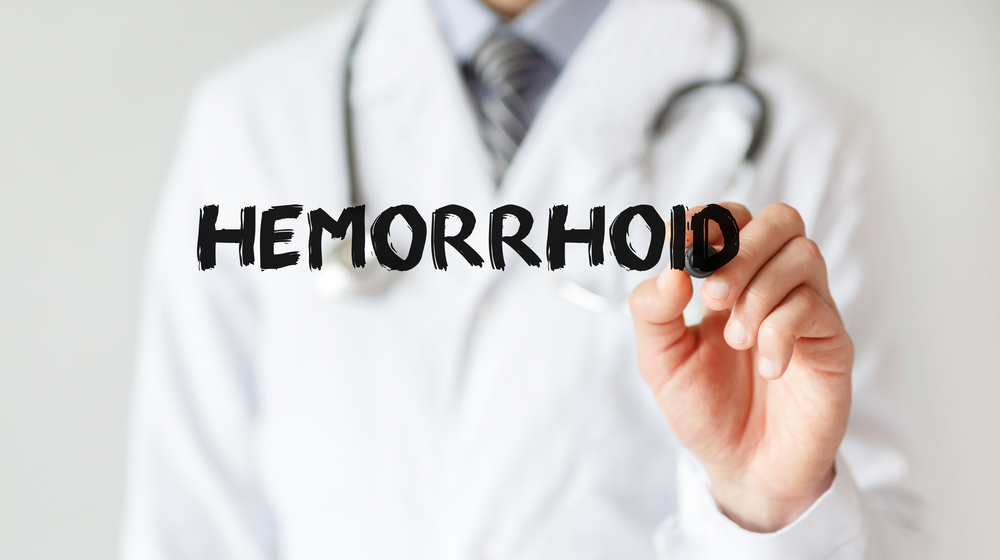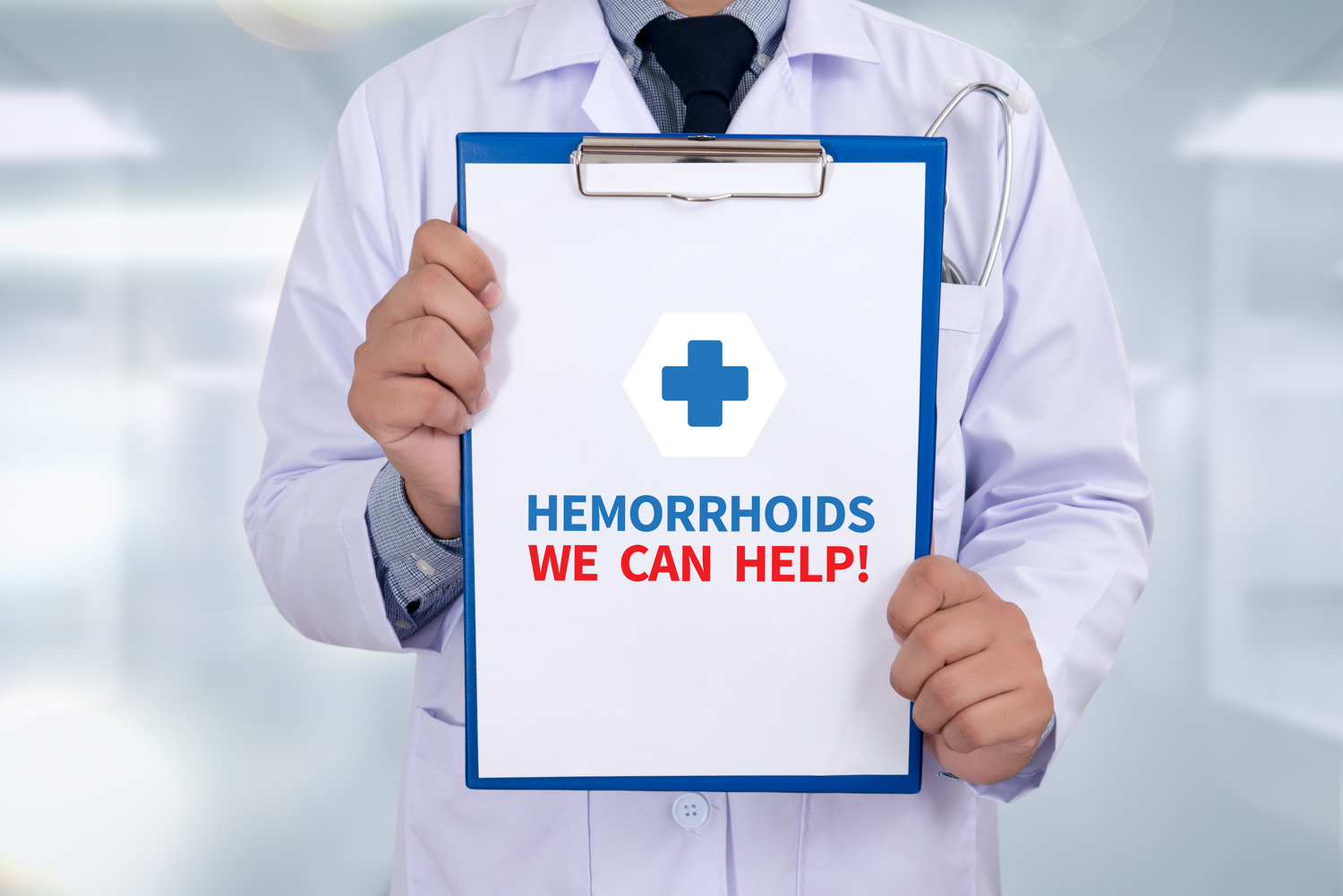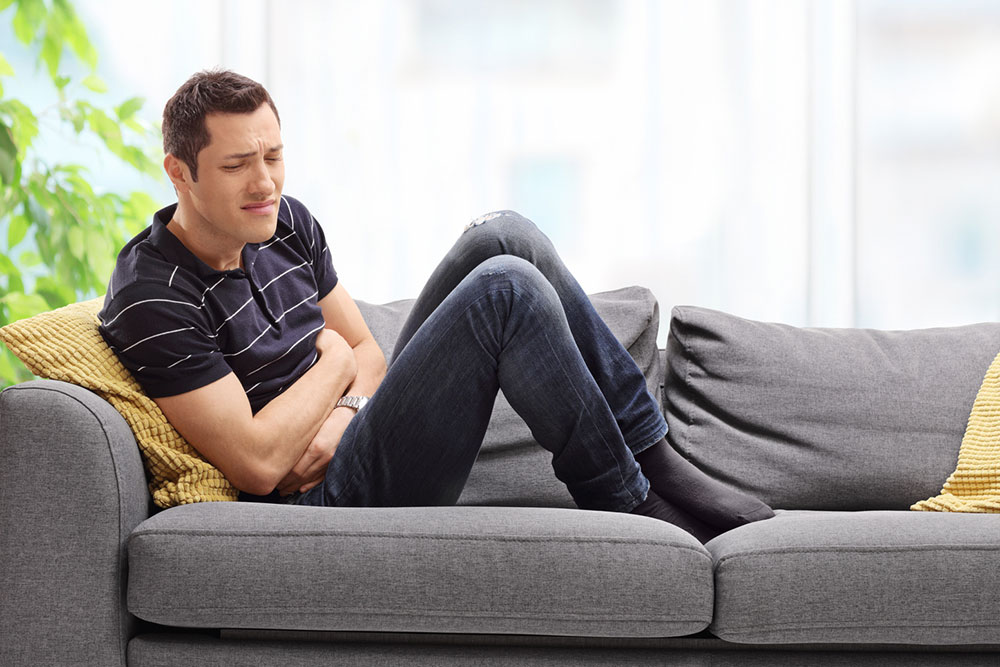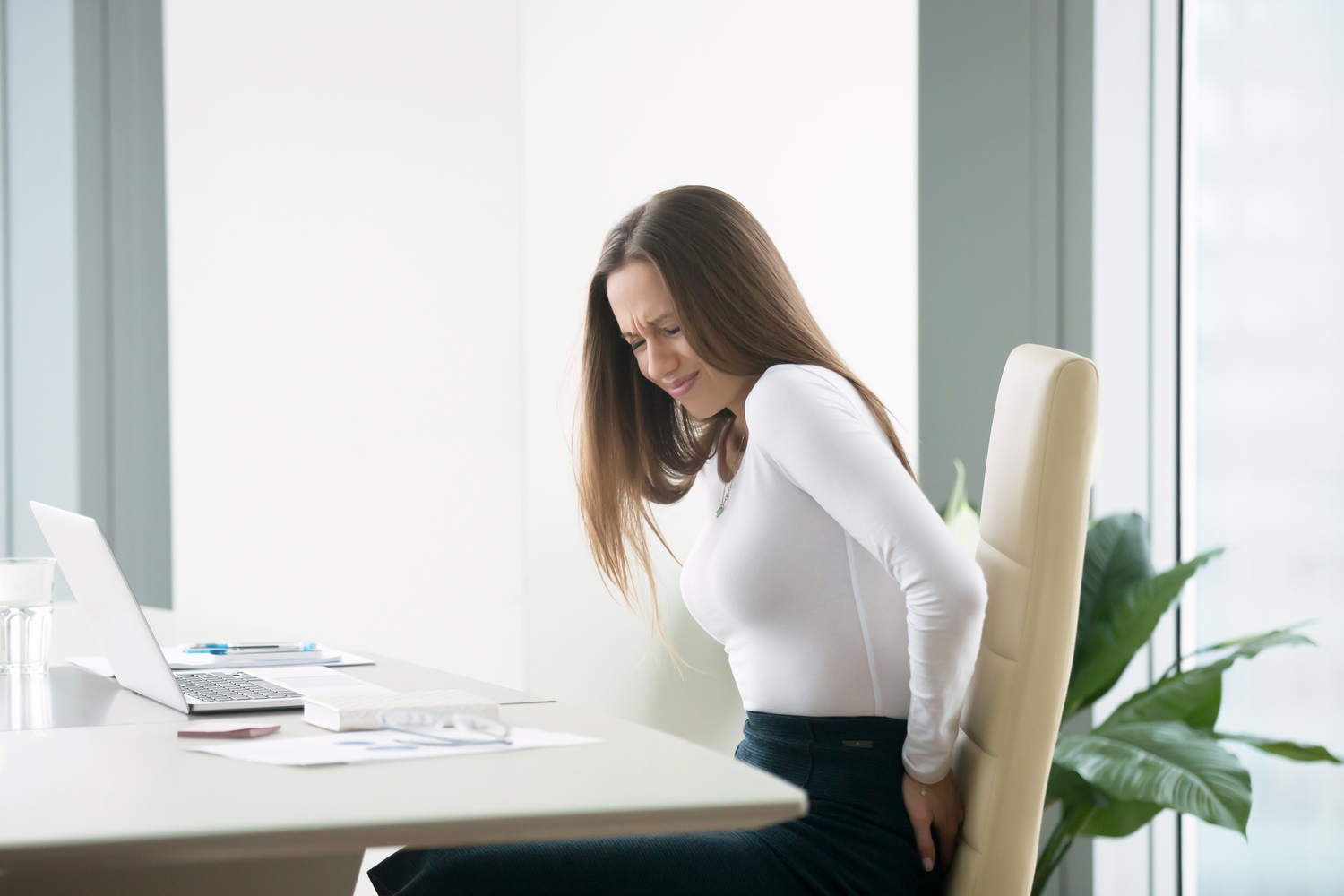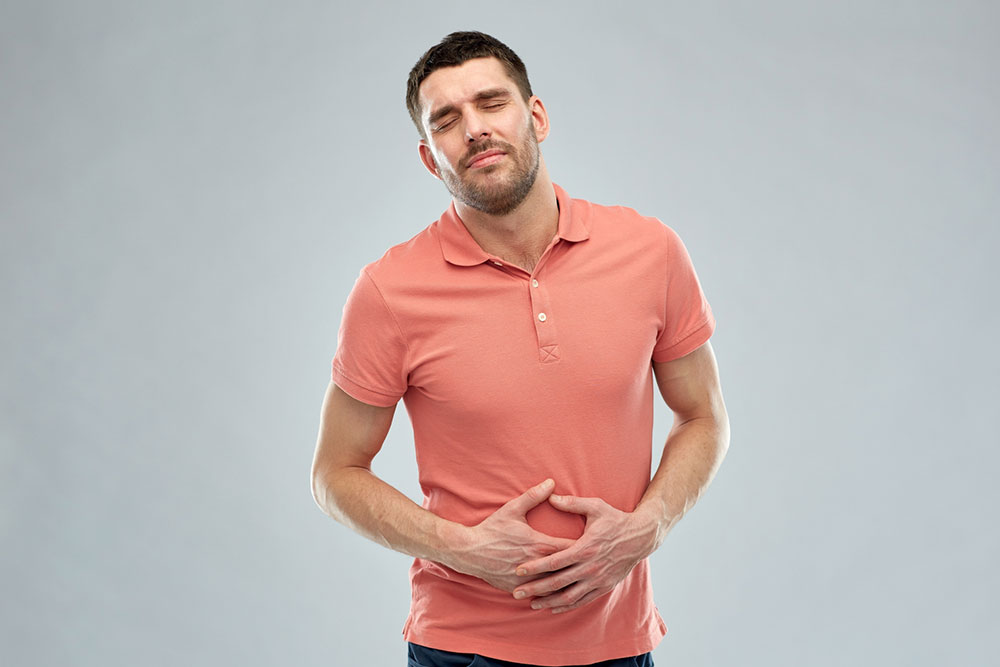Recognizing and Managing External Hemorrhoids
This article explores the signs, causes, and treatments of external hemorrhoids. It highlights symptoms like swelling and pain, preventive measures through diet, and various management options, including medical procedures and lifestyle changes. Early diagnosis and proper care help alleviate discomfort and prevent complications, making it a valuable resource for those seeking relief from hemorrhoid issues.
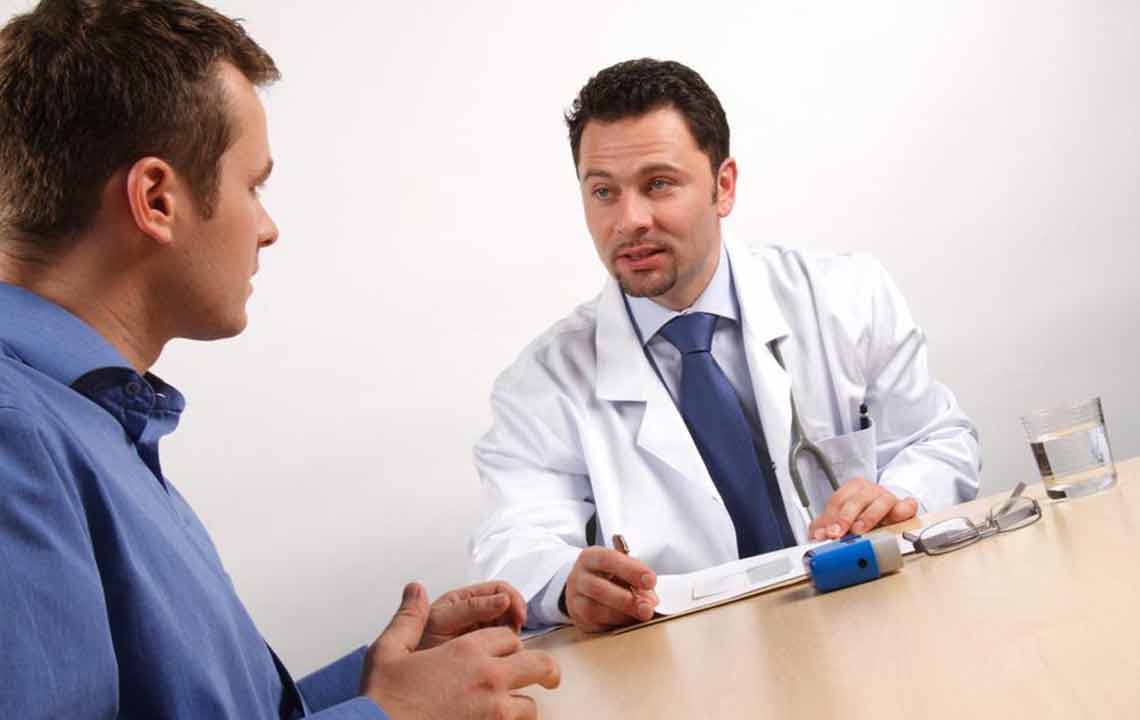
Signs and Solutions for External Hemorrhoids
If you experience intense discomfort during bowel movements or daily routines, you might have external hemorrhoids. These form when veins around the anus swell or become enlarged, often visible as swollen lumps under the skin around the anal area. External hemorrhoids develop due to factors like constipation or prolonged sitting, leading to veins becoming dilated and painful.
Such swelling may appear bluish, tender, and uncomfortable. While painful, external hemorrhoids are generally not serious and can often be treated within days to weeks.
Large thrombosed hemorrhoids can sometimes be removed by a healthcare professional under local anesthesia, but pain may persist afterward. Symptoms like pain, swelling, or fever could indicate complications such as a perianal abscess.
Managing Thrombosed Hemorrhoids
Conservative treatments focus on preventing constipation by increasing fiber and fluid intake, using medications like ibuprofen or Tylenol, and avoiding strenuous activity.
A warm bath can help relax muscles and reduce swelling. Complete recovery may take 2 to 3 weeks. Post-surgical routines include limiting activity for 12-24 hours, changing dressings, and soaking the affected area in warm water multiple times daily to promote healing.
Identifying External Hemorrhoids
Symptoms vary but commonly include persistent itching around the anus, pain, and visible lumps. Bleeding during bowel movements is also typical, along with swelling and bulging lumps around the anal area.
Repeated straining during bowel movements causes blood to pool, enlarging veins and forming hemorrhoids. Pregnant women are at increased risk due to pressure on pelvic veins from the uterus.
Preventive and Relief Strategies
Consume a diet high in fiber—fruits, vegetables, and grains—to at least 30 grams daily. Drink 6-8 glasses of non-caffeinated fluids to prevent hard stools. Follow medical advice regarding medications, and avoid heavy exercise that could worsen symptoms. Gentle routines like walking can help.
Diagnosis and Treatment Options
Proper diagnosis involves physical exams and tests such as anoscopy, proctoscopy, sigmoidoscopy, or colonoscopy to determine the extent and location of hemorrhoids. Treatments range from topical creams, cold compresses, and suppositories to surgical removal in severe cases.
Maintaining a healthy lifestyle and diet is key to preventing hemorrhoids, and early intervention can ease discomfort significantly.

